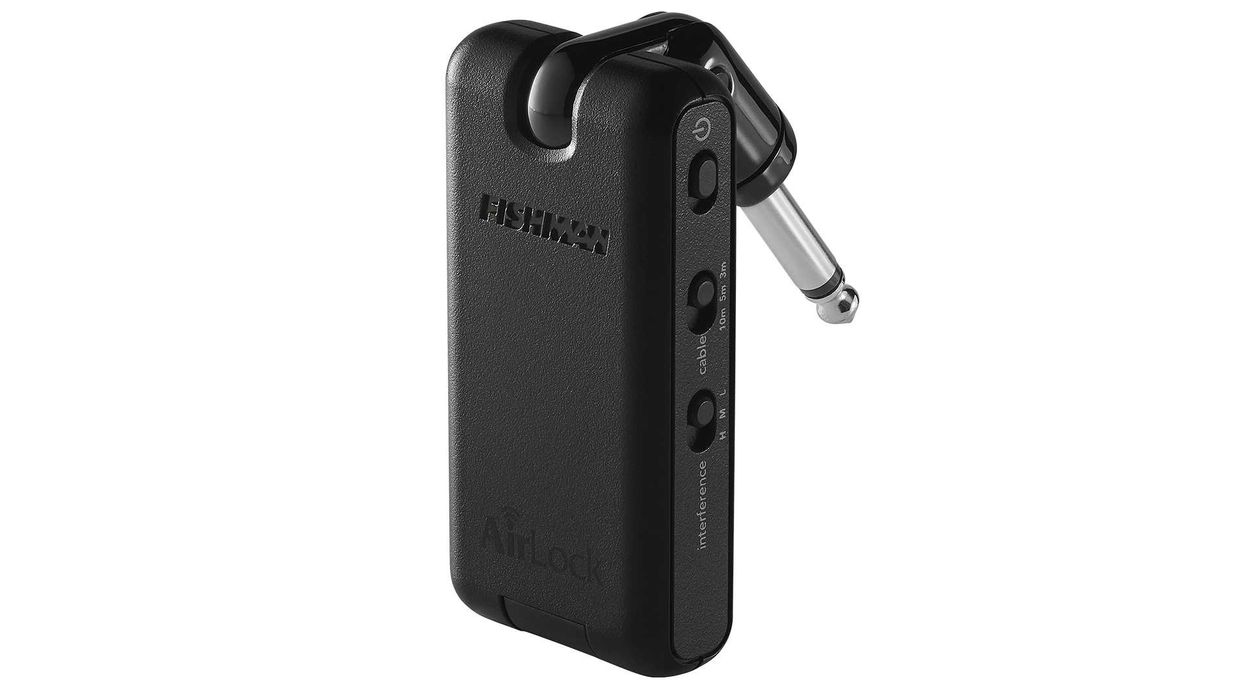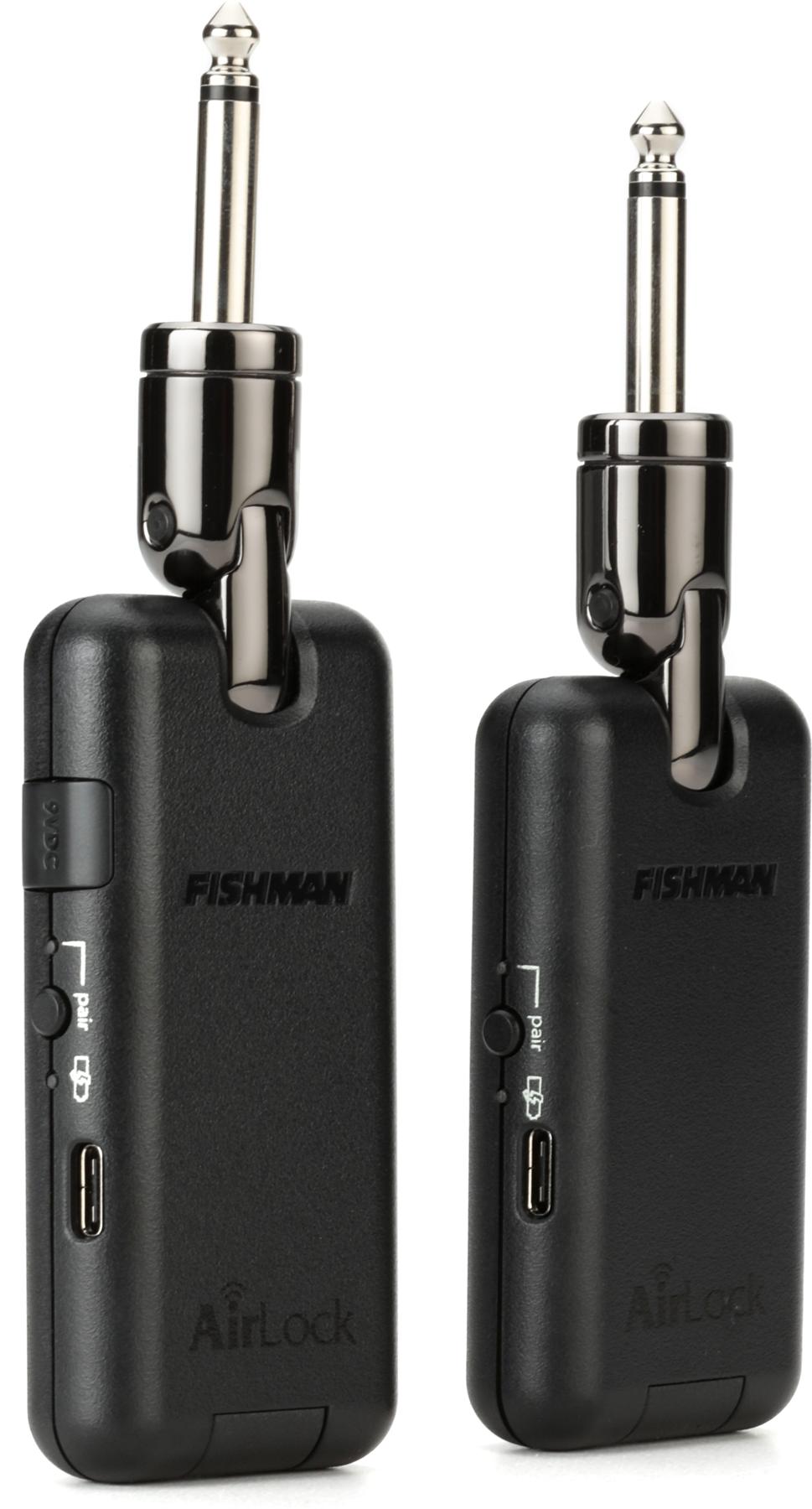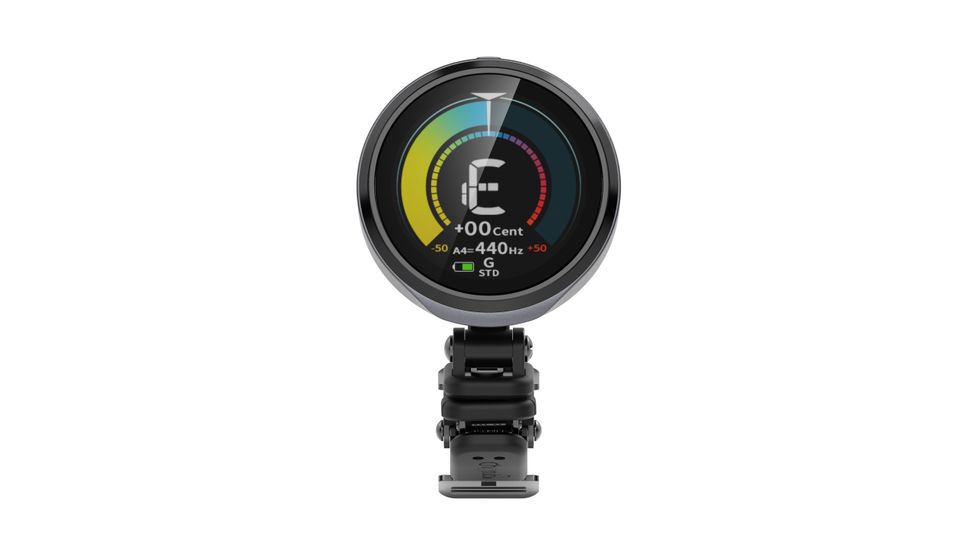PG readers often ask me for more “super switch" projects, so here we go—Mod Garage delivers! This one is designed to expand a Telecaster's tonal palette, but you can adapt it to other guitars with two single-coil pickups.
Okay, before we launch into this cool mod, let's review: Dual-pickup electrics typically come from the factory wired to yield three sounds: each pickup solo and the two pickups together. With its bridge and neck pickups connected to a master volume and master tone control, the Telecaster is the archetype for dual-pickup guitars, and its elegant simplicity has made it an enduring favorite for playing virtually all styles of music. The Telecaster offers the three pickup combinations mentioned above, but if you dig deeper, you'll find additional tones that can't be accessed with a standard 3-way switch. Potentially, a guitar with dual single-coils offers six switchable tones. They are:
- 1. Bridge pickup solo.
- 2. Neck pickup solo.
- 3. Bridge and neck pickups wired in parallel, in phase.
- 4. Bridge and neck pickups wired in parallel, out of phase.
- 5. Bridge and neck pickups wired in series, in phase.
- 6. Bridge and neck pickups wired in series, out of phase.
So a standard Tele yields only half of its tonal palette. The other sounds lie dormant under the hood ... unless we wake them up. What do you think, shall we give it a shot?
As any hardcore Tele fan will tell you, this idea isn't new. One of the earliest “mods" for expanding Telecaster tones dates back to the '60s and James Burton, who discovered the out-of-phase glories of his stock-wired, late-'50s Telecaster by accident while backing up Ricky Nelson. He found that by carefully placing the 3-way pickup selector switch between its prescribed “clicks" (similar to what Strat players did to achieve positions 2 and 4 before the 5-way Strat switch became the standard), he could coax a thin, out-of-phase sound from his Tele. You can hear this sound on many famous Ricky Nelson recordings, including Burton's solo parts on “Travelin' Man."
Another step forward was the 4-way pickup selector switch from Oak Grigsby (now Electroswitch), which you can find in many Telecasters worldwide, mostly wired to get both pickups together in series and in phase. So you see, players have always wanted to expand the Tele's tones. When looking at Telecaster photos, you can often see additional switches and/or pots on the control plate that clearly show these attempts.
Now we'll take this one step further by using a 5-way “super switch" to give us five of the six possible tones without changing the visual appearance of a stock Telecaster. (In a future column, I'll share a mod to this mod that will give you all six possible sounds.)
You don't need much for the “5-tone Tele mod" besides a 5-way super switch and a piece of wire. But here's an important caveat: When shopping for the 5-way super switch, be sure to confirm that the common open-frame version will physically fit in your guitar's control cavity. If it won't, you can opt for the PCB-based version that's noticeably smaller. Depending on your guitar, it can sometimes be necessary to chisel out some wood from the bottom of the cavity to make these super switches fit. Also, to prevent any accidental shorts, be sure that no part of the switch physically touches the cavity, especially if the cavity is shielded with copper foil or conductive paint.
Our next step is to get the pickups ready for this project, something I covered previously in “Preparing Your Tele for Future Mods." This is essential if your pickup has a metal cover that's connected to the pickup's ground. For all series/parallel and phase switching trickery, you need to separate the metal cover from the pickup's ground to prevent hum and noise issues. The new ground wire for the cover always goes to ground—no exceptions!
After preparing your pickups, the next step is to wire up the 5-way super switch. To make this process much easier, I highly recommend soldering all possible connections (jumper wires) outside the guitar. There's not much space inside a Telecaster control cavity, so you can save a lot of time and avoid jangled nerves using this approach.
I chose the following switching matrix for this mod. It yields five switchable sounds:
- 1. Bridge pickup solo.
- 2. Bridge and neck pickups in series, out of phase (hum cancelling).
- 3. Bridge and neck pickups in parallel, in phase.
- 4. Bridge and neck pickups in series, in phase (hum cancelling).
- 5. Neck pickup solo.
So the only missing possible tone is both pickups in parallel, out of phase. After performing this mod successfully, you'll have all the other options at your fingertips.
I chose this matrix for three reasons. First, the two new combinations offer hum cancelling because they use the two single-coil pickups as a humbucker.
Fig. 2 — Schematic courtesy singlecoil.com
Second, armed with these two new combinations, you're ready to rock the crowd! Both pickups in series/in phase will give you a very fat and loud solo tone—perfect for both clean and overdriven lead tones. Both pickups in series/out of phase doesn't sound as shrill and thin as both pickups in parallel/out of phase (that's the sound you might associate with “out-of-phase pickups"), so it's useful for clean tones too. And it's perfect for full-tilt distortion or fuzz orgies, because it prevents the tone from getting too boomy by reducing the bass frequencies. To cut through the mix while playing with Queen, Brian May used this tone a lot on his Red Special guitar for his heavily overdriven lead tones.
Finally, both pickups in parallel/out of phase is the easiest combination to add to this wiring at a later date.
Fig. 1 shows how your new 5-way super switch should look after you solder all jumper wires. In this wiring scheme, the bridge pickup's black ground wire, as well as the new, third ground wire for the neck pickup's metal cover, go to ground. Be careful not to mix up the neck pickup's two ground wires. To be on the safe side, I find it helpful to choose a new color (perhaps blue or green) for the third ground wire attached to the neck pickup's metal cover.
The last step is to unsolder all wires from the stock 3-way switch and mark them as to what goes where. Unscrew the 3-way switch from the control plate, install the new 5-way super switch and reconnect everything as shown in Fig. 2. Carefully close the cavity without using any force or pressure and finally attach the control plate. Your new project is complete!
It's likely you'll have to readjust your pickup height after performing this mod—especially after having removed the neck pickup to prepare it for series sounds, as described above. We demystified pickup height adjustment in “Adjusting Stratocaster Pickup Height, Pt. 1" and “Adjusting Stratocaster Pickup Height, Pt. 2." Though these guidelines were ostensibly written for Stratocaster pickups, they apply perfectly well to Telecaster pickups too.
That's it! Next month, we'll begin an exciting new series on DIY relic treatments for your guitars, so stay tuned. Until then ... keep on modding!


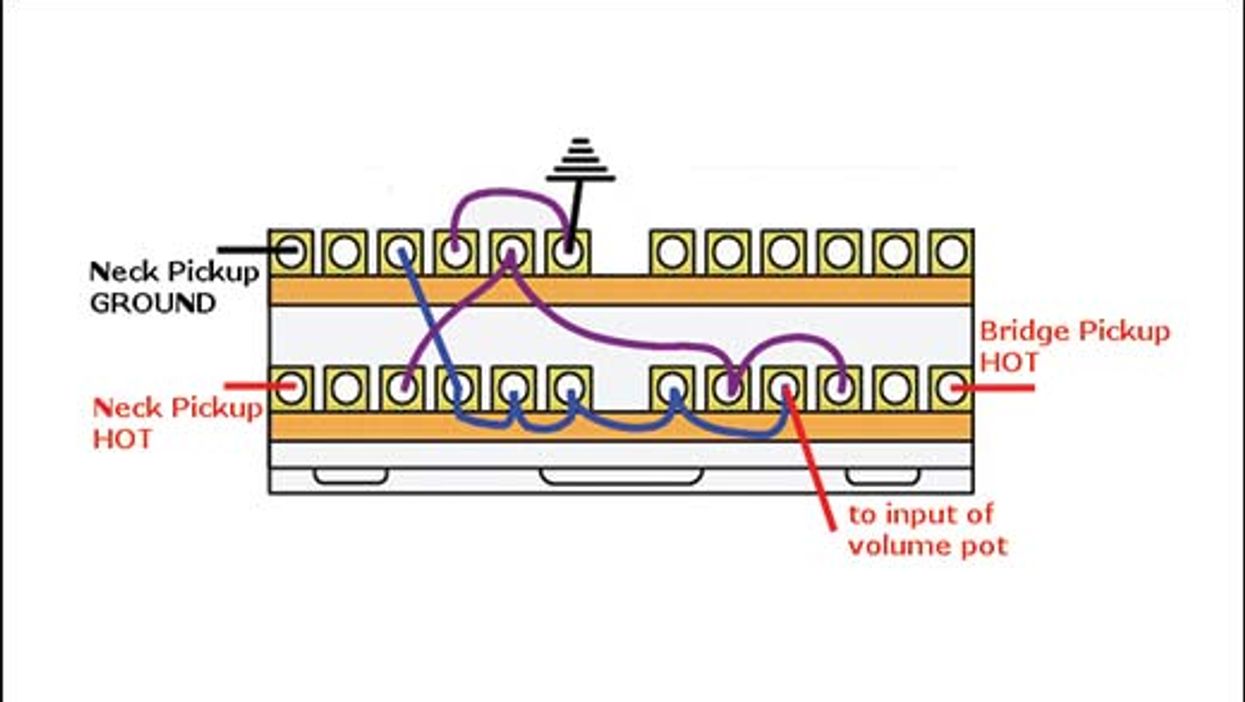

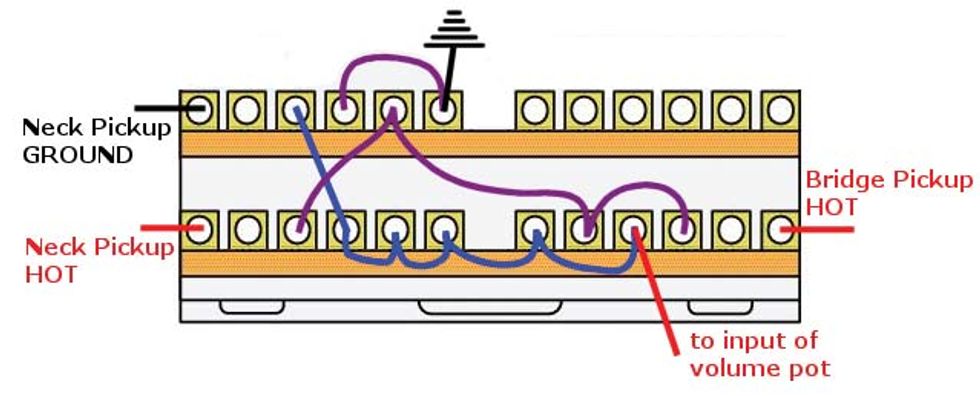



![Rig Rundown: Russian Circles’ Mike Sullivan [2025]](https://www.premierguitar.com/media-library/youtube.jpg?id=62303631&width=1245&height=700&quality=70&coordinates=0%2C0%2C0%2C0)
